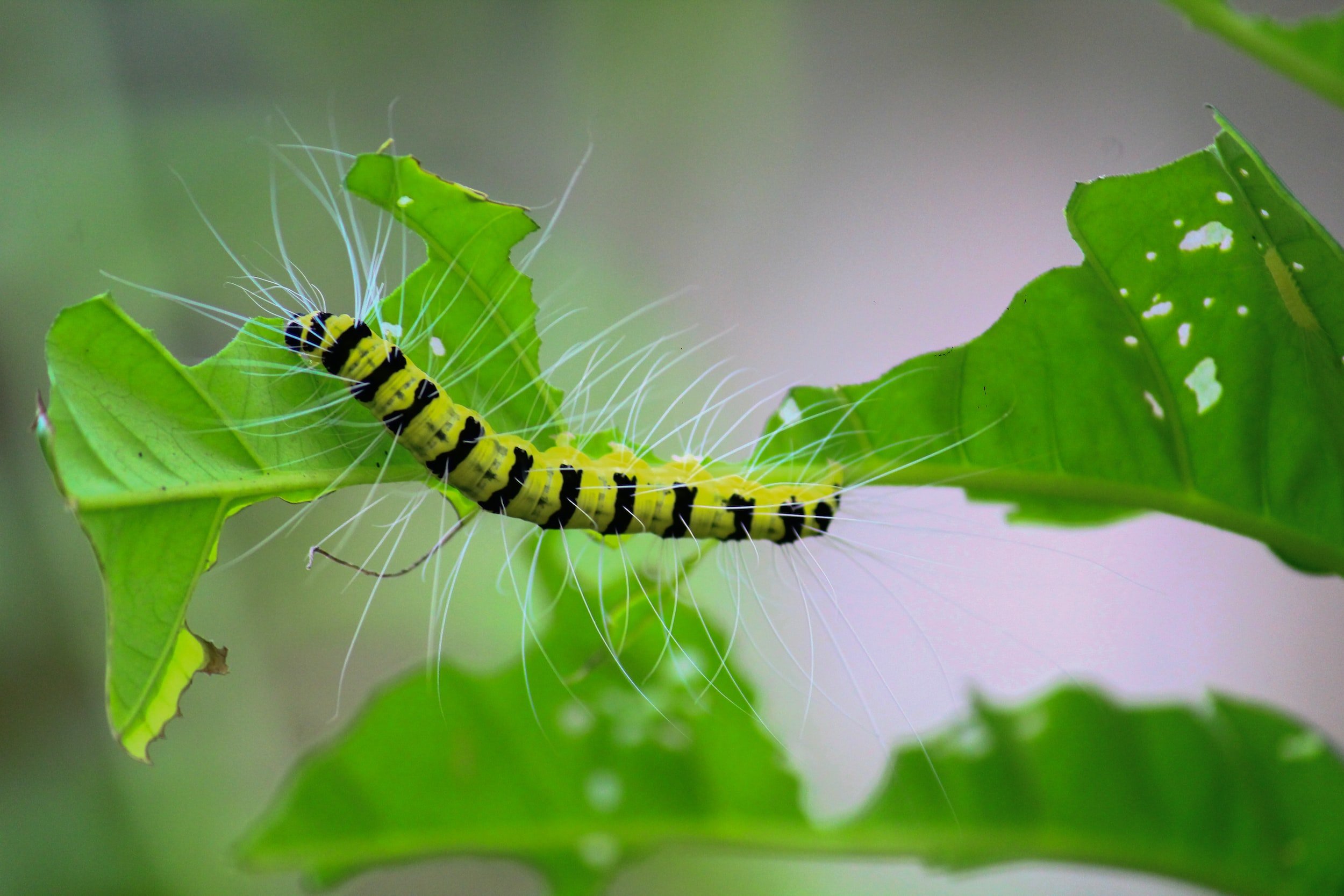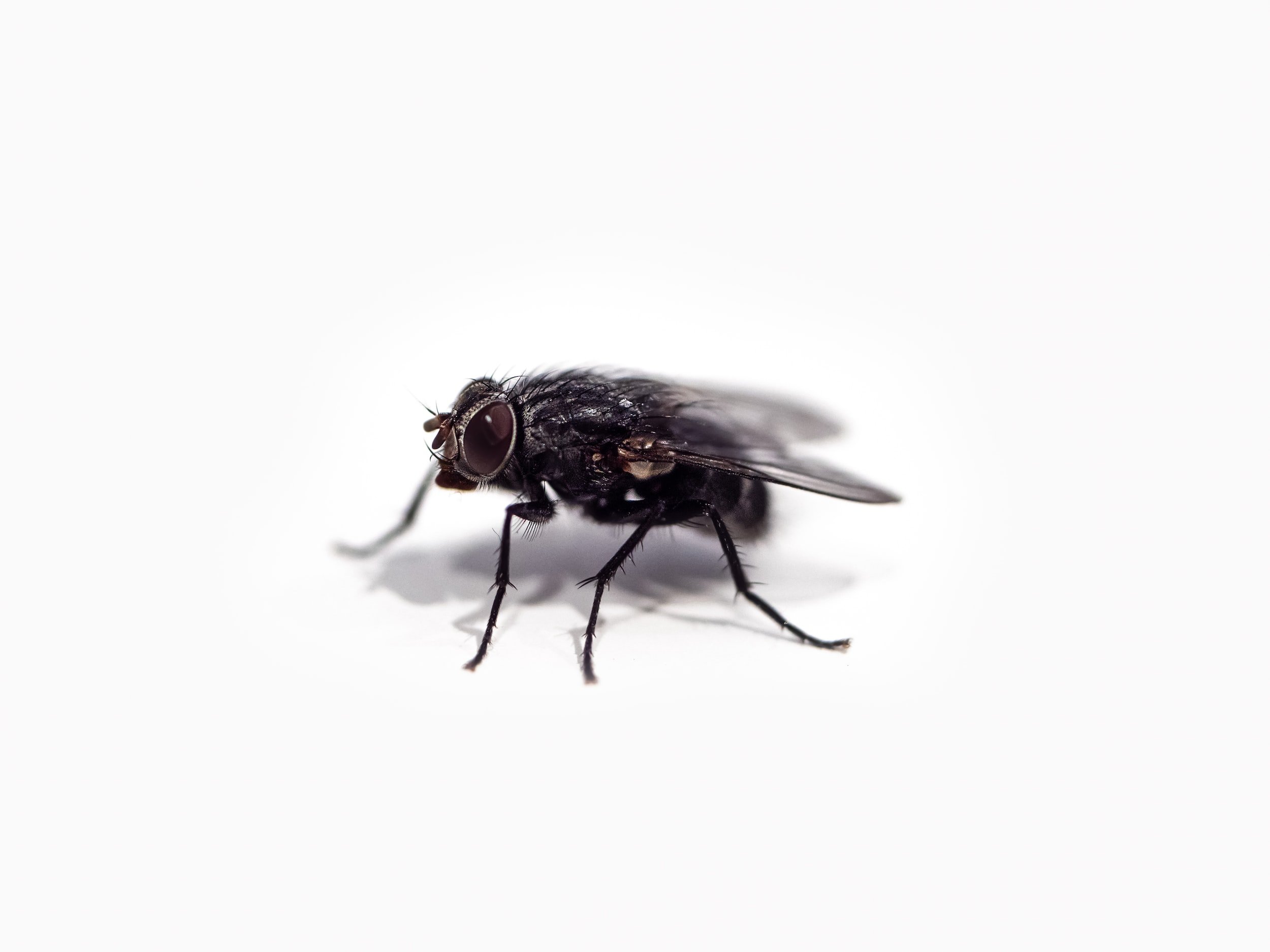Is it a roach or a waterbug? A house fly or a drain fly?
Let’s run through all the ways to get rid of whatever the heck it is.
No matter where you dwell — be it an urban city, a small desert town, or a suburb in the semi-tropics — there will be pests, they will find their way into your home, and you will be annoyed or get the heebie-jeebies. Whether they’re crawling, biting, flying, or digging, pests come in a huge variety, with as many unusual and exceptional entries as common offenders. Getting rid of them can seem daunting, but luckily, you usually can.
The United States is an absurdly large and varied country, so exact pest species can vary based on your region, with plenty spanning all or most of it. If you can find a nearby university with an agricultural department, they almost always have some sort of guide to local pests you can expect to deal with. (They’re also great for helping with gardening tactics)!
Mammals
Perhaps more conventionally lovable than insects, there are plenty of species of mammal which cause problems in our homes and gardens.
House Mouse
Three common species of mouse invade our houses and other living structures: the house mouse, deer mouse, and white-footed mouse. But the most common is the first of these, Mus musculus, whose range is throughout North America, and it’s actually more common around human habitation than away from us. The house mouse is extremely cute and also adaptable and clever, making it a deeply irritating pest.
Dangers Posed: Disease (through contaminated food), poop, destruction of property (the gnawing).
Solutions: The house mouse is attracted to food, so the first step is to ensure all food is properly sealed and that cabinets and kitchens are cleaned. You’ll want to seal all potential points of entry, which can be a real challenge; look around areas where you’ve found droppings for any holes as small as a dime (!). Seal those off. And mice don’t like peppermint, which is easily found in extract form and also smells great. (To us, not to mice.)
Other potential solutions are live traps that allow you to release mice outside; obviously, only do this after you’ve sealed your house. You’ll notice we aren’t recommending glue traps, cats, or other methods that kill mice as a prevention technique. For one thing, killing mice is gruesome and unpleasant. But mostly, killing mice is a Band-Aid solution. Until you’ve sealed your house, they’ll keep getting in.
The Humane Mouse Trap
We’re pretty impressed with this humanely designed number here. Great ratings and definitely a top pick if mice are giving you the runaround…
Big Brown Bats
Throughout North America, big brown bats sometimes colonize attics, crawlspaces, and other unused spaces.
Dangers Posed: Noise, occasional smells, disease (very rarely, and almost never unprovoked).
Solutions: None. Leave them be. Bats are great; this species pretty much exclusively eats agricultural and human pests like cockroaches, cucumber beetles, and houseflies. Welcome them into your home. If they are in your main living space, call an expert, but do not, under any circumstances, touch a bat, whether alive or dead. The big brown bat will not bite unless provoked, and can sometimes test positive for rabies, though very, very few cases of rabies are attributed to this particular species.
AGAIN: Do everything you can to protect bats. They are not pests.
Garden Pests!
Many mammal species see your garden as a plentiful buffet. Raccoons, rabbits, squirrels, deer, voles, and chipmunks will sometimes eat your vegetables and fruits. Fencing can keep some of them out, but probably not raccoons. (This posts author’s preferred method is to plant more stuff and view 20% of the yield as the Raccoon Tax).
However, numerous bird species, including the much-loathed invasive European starling and the somewhat underappreciated varieties of the sparrow will eat fruits, vegetables, and the leaves in your garden. Netting keeps them out.
Insect pests in your garden are widely varied and can require many different tactics:
Generally speaking, you do not need and should not drench your garden in pesticides.
Cabbage aphids can be blasted off with a jet of water from a hose.
Tomato hornworms should be picked off by hand, even though they are repulsive.
Neem oil and a solution of water and dish soap can be very effective in keeping pests off your plants without risking danger to native plants and animals.
And you can buy ladybugs on Amazon, but know beforehand that they can sometimes introduce foreign parasites and other issues to your garden; a better long-term solution is to plant flowers that are beneficial to insects like ladybugs, lacewings, and praying mantises.
Birds
Downy Woodpecker
Several woodpecker species populate North America, but the downy woodpecker is the most common in terms of its negative impact on the lives of humans. They’re found everywhere except scattered chunks of Southwestern desert and are smaller than you might expect, with unusually short beaks for a woodpecker. As pests, they sometimes bang holes in the exterior of homes, especially targeting untreated wood siding, in search of insect prey. You can typically hear them drumming, but visual clues would be small but deep holes all in a line, either vertical or horizontal, on exterior wood.
Dangers Posed: Property damage, noise.
Solutions: Woodpeckers are after insects, so — you must get rid of insects! Rid your home of ants, termites, and other tasty woodpecker food. You can attempt to scare them away with decoys of predators like owls, though woodpeckers will usually figure out that the decoy isn’t real. Reflective "scare tape" is also effective. A better, more pleasant solution is to provide them with easier food nearby, like a suet cake, or a berry bush!
Flying insects
Here’s where we discuss the really gross and annoying stuff. There are dozens of species of very common flying insects that you might wish you hadn’t encountered. As we mentioned before, consult your local state university’s extension program, all of which have guides to this sort of thing, but here are some of the most common.
House Fly
Worldwide, the house fly is one of the most common species of fly in the household pest world. House flies are fairly large, with four telltale stripes on the thorax (body). They’re attracted to food — especially decomposing food.
Dangers Posed: Disease (food contamination), annoyance. Heebie-jeebies.
Solutions: Ensure food is sealed and placed away. Make sure that garbage cans have tightly fitting lids. Inspect your windows, screens, and doors for any holes or gaps.
Drain Fly
Small and furry with a somewhat triangular appearance, drain flies are most commonly found near sinks, tubs, and other, well, drains.
Dangers Posed: Annoyance.
Solutions: Clean your drains and pipes! Pouring boiling water down drains near wherever you’ve seen drain flies will do the trick, as will the good old baking soda and vinegar combo.
Fruit Fly
Fruit flies have tiny red eyes and are commonly found around ripe fruit and ripe garbage and have a very fast life cycle of egg-laying and maturing.
Dangers Posed: Annoyance, and possible (though unlikely) disease through contamination. And heebie-jeebies.
Solutions: Refrigerate fruits and vegetables the moment they’re ripe and discard any with cracks in them (heirloom tomatoes are especially troublesome). Fruit flies mostly leave in the winter, but in the meantime, a trap of apple cider vinegar in a jar with a cone-shaped piece of paper works wonders.
Termite Swarmers
These resemble very large flying ants and typically emerge out of nowhere due to weather changes. They are the reproductive form of subterranean termites.
Dangers Posed: Well, actually none besides annoyance; they do not bite, and don’t actually even eat. They’re just out there to reproduce. But they are a very clear sign that you have termites.
Solutions: Vacuum up the swarmers and call an exterminator.
Clothes Moth
Small and typically beige or cream-colored this moth is about half an inch long. They themselves are harmless, but their larvae feed on animal fibers like wool, leather, and fur. You can identify a problem by frass, or moth larva poop, which resembles a clump of quinoa.
Dangers Posed: Destruction of property. And heebie-jeebies.
Solutions: Dry-cleaning chemicals will work if you spot frass, as will extreme heat or cold; just know that the clothes dryer will destroy some of these fabrics, so the freezer is a better option. Put it on the lowest setting and toss your clothes in there for a few days. After treatment, place your natural-fiber clothing in a vacuum-sealable bag for the season.
Crawling Insects…
Some of the most viscerally unpleasant creatures on our list, crawling insects come in all kinds of shapes, sizes, and leg counts.
House Centipede
These terrifying-looking creatures have 15 pairs of legs, are a sort of yellowish-tan in color, and move extremely quickly, including up walls and ceilings. They’re most commonly found in basements.
Dangers Posed: Actually, none. They are venomous, but it’s physically very difficult for them to sting humans, and those incidents are both very rare and not especially dangerous. They’re also insectivores, eating cockroaches, silverfish, wasps, and other insects, as well as some spiders.
Solutions: You don’t actually need to get rid of house centipedes, as they’re mostly beneficial. But they might signify that you have some other pest problem that provides a food source to them.
















